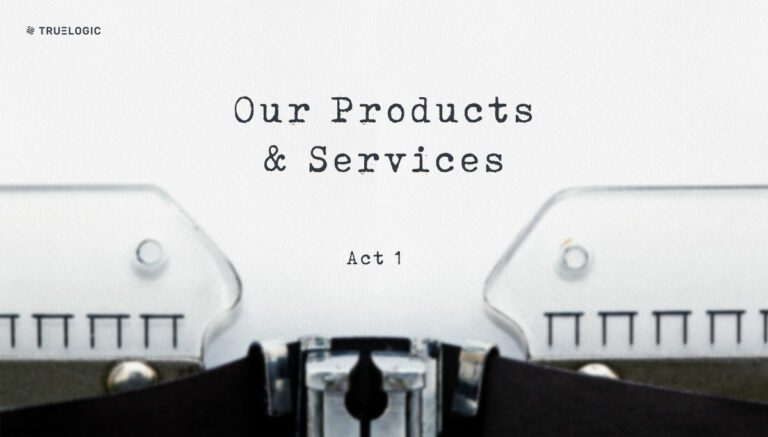Getting More Value with Re-Optimized Content

Content optimization goes beyond keyword usage and SEO methodologies. While new content can drive traffic and reach a wider audience, this is not always the answer. A better approach would be to re-optimize your old content.
Why do you need to re-optimize those old blog posts instead of just creating new content? It’s simple. Some of your old posts might have already gained traffic from the time they were published. It will be easier to rank these old blogs instead of creating new ones and starting with a clean slate.
A study by Hubspot shows that 76% of blog traffic comes from posts published a couple of months before. This shows that you will still be getting traffic from the previous posts you published even if you don’t create new blogs for a certain time.
What’s Wrong with Your Content Strategy?
Before you adopt a new strategy and re-optimize your old posts, you should look at what you were doing wrong. This will provide you a clear idea of why your content is underperforming and why you’re not gaining as much traffic as you projected.
Here are a few aspects you need to work on:
- Putting too much attention on high-volume keywords
If you’re a small business, it doesn’t make sense to run your campaigns with high-volume keywords that will slam those of bigger businesses. You’re more likely to lose most of your traffic to the competition.
- Having no clear content distribution plan
Content marketing should be a two-part strategy: creation and distribution. You have a ton of distribution options; your content marketing success depends on channels that will reach your target audience.
- Over-optimizing
Using too many keywords on your web content will not only make it look unnatural, but also cause penalties. Stay away from the fluff and avoid over-optimizing your site.
A New Take on Your Content
Re-optimizing your content should focus on intent and quality. You need more than just a refined keyword list and a revised publishing calendar to jumpstart your strategy if you are planning to re-optimize old content.
1. Build Authority and Trust
Quality content revolves on authority and trust. These two factors work side by side when it comes to gaining more conversions. The question is, “How do you gain the trust of visitors and make them see you as an authoritative source with your old content?”
Here are a few ways you can achieve this:
- Be objective: If you have blogs that are too sales-y, tweak the tone to get a more objective, balanced feel. Show infographics and cite authoritative sources to make your blogs more credible.
- Expound your content: Your blogs should be detailed and in-depth. Some of your underperforming content might just be lacking facts that can back up your points. Expound on these facts to provide more focus and relevancy to your content.
2. Focus on Long-tail Keywords
As long-tail keywords are more specific and descriptive, they deliver more targeted traffic. For example, a person looking for Disney family vacations already tells you what they want to see on search results. These are less competitive than broad terms, which make them easier to rank for.
This does not mean you have to stuff your old content with long-tailed variations of your keywords. You need to replace the main target keyword you’ve used with the long-tail version and insert them appropriately in your content. Make sure the long-tail search terms are relevant to the topic of your content, as well.
3. Use Better Visuals
Perhaps one of the reasons your old posts are underperforming is due to lack of appeal to visitors. Visuals make way for interest and engagement. Blogs get more views when they have a photo or video. They also get more shares on social media than posts with just plain text.
If you run an online store, use visuals to drive more engagement to your pages. Don’t simply put visuals; choose wisely. These should be in context with your content and should provide value to readers.
4. Highlight the CTAs
Your content should drive traffic further the conversion funnel. What better way to do this than highlighting the call to actions on your content.
Good content should be clear on what action it wants visitors to take. Do you want them to subscribe to a service? Do you want them to browse through your product selection?
You can highlight your CTAs by including making a pop-up banner, positioning conversion buttons on the sidebar, or including the CTAs on the copy itself.
After re-optimizing your content, you just need to remove the publishing date and re-share them to your target audience. Don’t forget to monitor the performance of re-optimized content, so you can better align your online strategies and gain traction for your traffic.









